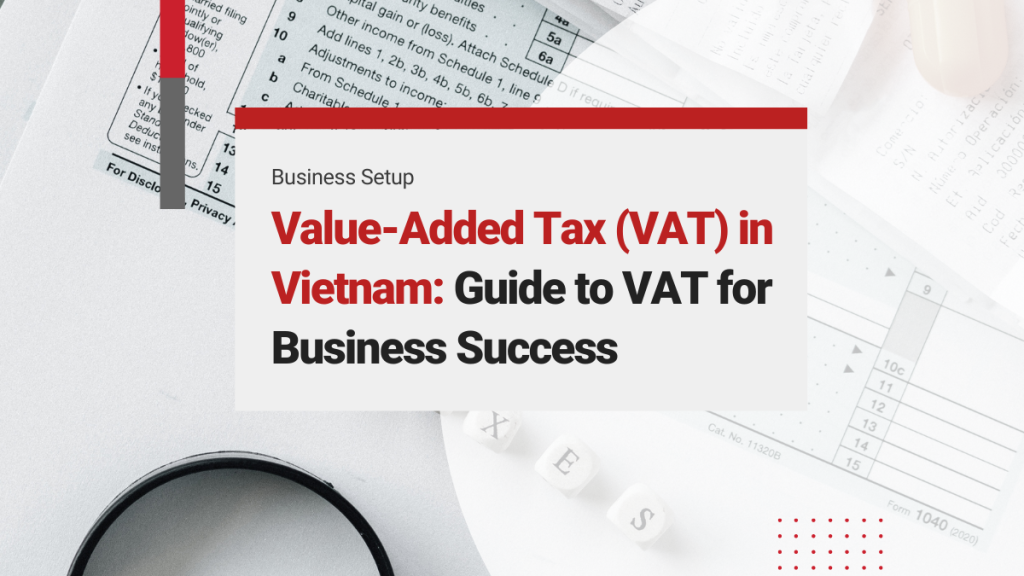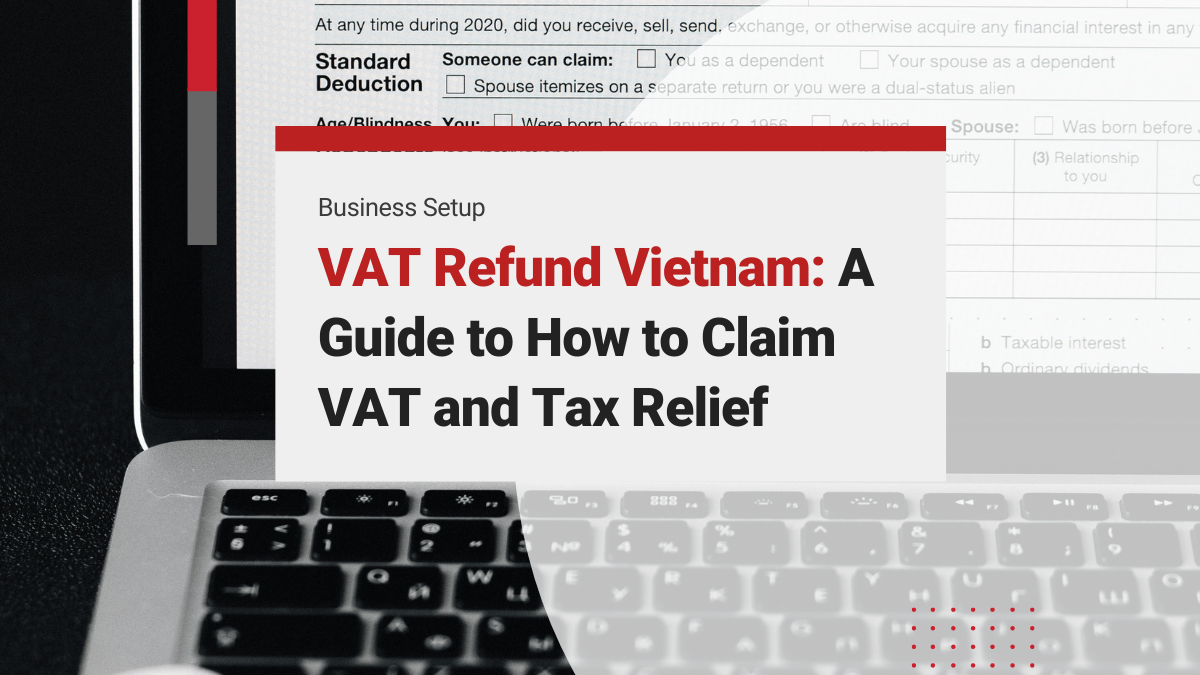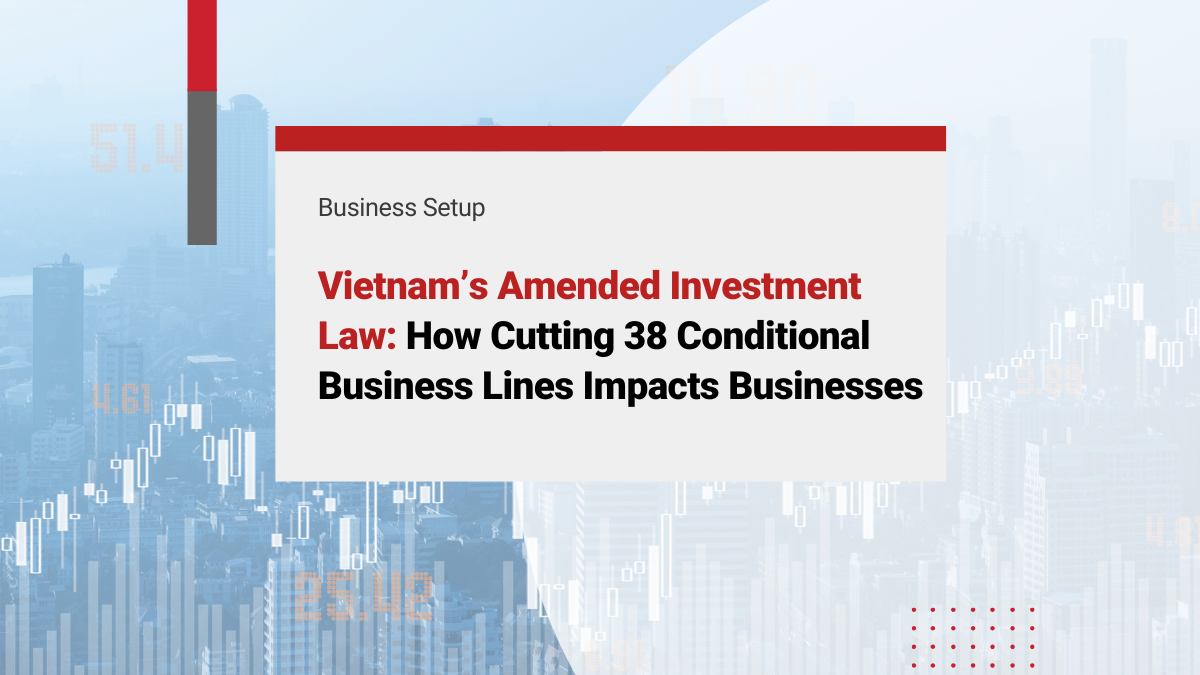Value-Added Tax (VAT), known in Vietnam as “Thuế Giá Trị Gia Tăng (GTGT),” is a crucial component of the country’s tax system, levied on the value added to goods or services at each production stage. This tax applies across various stages, from raw materials to manufacturing, distribution, and final consumption. Notably, VAT in Vietnam also extends to goods and services purchased from foreign sources, ensuring a comprehensive tax base. However, the VAT system includes provisions for exemptions and reduced rates for specific goods and services, aiming to accommodate economic and social policies. These exemptions and reduced rates are crucial for businesses operating within Vietnam to understand, as they can significantly impact the overall tax burden and pricing strategies. To manage compliance efficiently, companies increasingly rely on offshore accounting services that provide expertise in VAT registration, e-invoicing, and input-credit management.
The rate of the VAT depends on the type of goods or services you sell. Therefore, as a business owner, you are also a VAT middleman who collects the VAT from the customers and then pays it forward to the government.
Thresholds for Value-Added Tax (VAT) Registration in Vietnam
There is no registration threshold for Value Added Tax (VAT) applicable to domestic established sellers. Similarly, non-established sellers are also not subject to a registration threshold for VAT. Additionally, non-resident suppliers of Digital Services are not required to meet any specific registration threshold for VAT purposes. In essence, all these categories are exempt from any predetermined threshold for VAT registration.
This absence of a registration threshold ensures that VAT registration is mandatory for these sellers and suppliers regardless of their turnover or the value of digital services provided. Consequently, they are obligated to comply with the VAT regulations and procedures, irrespective of the volume or scale of their transactions.
VAT Compliance in Vietnam
The latest tax payment deadline, according to Clause 2 of Circular 156/2013/TT-BTC, is “the last day of the tax filing deadline for cases where taxpayers calculate the tax or the deadline indicated in the notice, decision, or document issued by the tax authority or other competent state agencies.” The following list of Value Added Tax (VAT) payment deadlines is based on this regulation:
- The last date for making a tax payment for monthly tax filings is the 20th of the following month.
- Taxpayers have until the 30th day of the next quarter after the tax obligation begins to file quarterly taxes.
- Payment for annual tax filings is due on the 30th of the first month of the calendar year.
- Taxpayers are required to make payments for irregular tax obligations no later than the 10th from the date the obligation arises.
- Payment is required for yearly tax settlement files no later than the 90th of the end of the fiscal year or the calendar year.
A note about E-invoices: Due to Vietnam’s commitment to digitalization, all companies must submit their tax finalizations using E-invoices. This service is provided by accounting software companies such as MISA
Read More about InCorp Vietnam’s Comprehensive Accounting Outsourcing Services
Applicable VAT Rates
In general, the standard rate of VAT in Vietnam is set at 10%, however, the government passed a Covid relief bill to reduce VAT to 8% for 2022 and 2023. However, the reduction has been extended until the end of 2024. The standard rate of 10% will be reinstated in January 2025. A 0%, 5% VAT rate, or VAT-exempted applies to specific industries that are considered high priority to the Vietnamese economy, such as IT and tech-related industries.
And in 2024, as outlined in Decree 72/2024/ND-CP, the VAT Reduction Policy is structured as follows:
– Reduced VAT Rate: Goods and services that were previously taxed at a standard VAT rate of 10% will experience a reduction to an 8% VAT rate. This reduction will come into effect from July 1st, 2024, and will remain applicable until December 31, 2024.
– Exclusions from VAT Reduction: In alignment with the VAT reduction policy of the previous year (2022), certain groups of goods and services will not qualify for the VAT Reduction Policy. These exclusions include:
- This category encompasses a wide range of sectors such as telecommunications, financial activities, banking, securities, insurance, real estate business, metals and prefabricated products, mining products (excluding coal mining), coke coal, refined petroleum, and chemical products. For specific details, please refer to Appendix I, which is attached to Decree 44.
- Goods and services that are subject to special consumption tax are also excluded from the VAT Reduction Policy. For a comprehensive list, you can consult Appendix II, provided in Decree 44.
- The third group of exclusions pertains to information technology services governed by information technology laws. A more detailed breakdown of these exclusions can be found in Appendix III, attached to Decree 44. –
Read Related: A Comprehensive Guide to Corporate Tax and Compliance Obligations in Vietnam
How to Calculate VAT?
There are two methods to calculate the VAT, the credit method and the direct method:
Credit Method
In this method, foreign business need to take attention in what requirements because this kind of method is applicable to business establishments that maintain comprehensive accounting records, invoices, and documents in accordance with the relevant regulations. This includes:
- Business establishments with an annual revenue subject to VAT amounting to VND 1 billion or more.
- Specific cases where businesses voluntarily choose to register for VAT declaration under the deduction method.
The output tax is the VAT that the consumer pays when buying the finished good from the manufacturer. Consequently, the following formulas can be used to determine VAT:
Credit Method: VAT Payable = Output VAT – Input VAT
- Output VAT is levied on consumers and added to the price of goods/services
- Input VAT is imposed when buying materials, and equipment and subtracted as your company is not the final consumer
Direct Method
When using the direct method to calculate VAT, the payable VAT amount is determined as follows:
- For businesses engaged in the trade of silver, gold, and other gems, it is calculated as the Added Value multiplied by the applicable VAT rate.
Direct Method: VAT Payable = Added Value x VAT Rate
- For businesses with revenue less than VND 1 million, it is calculated as the Rate multiplied by the Revenue.
Direct Method: VAT Payable = Revenue x VAT Rate
VAT Refunds for Companies
In Vietnam, any amount of overpaid VAT will be returned to the company from the government. Refunds of VAT in Vietnam are available only when taxpayers meet certain criteria:
- Exporters in Vietnam with VAT credits of more than VND 300 million for their export transactions
- Companies using the credit method calculation with new projects that are in the pre-operation investment phases. The accumulated VAT credits have to be more than VND 300 million.
The government may also offer VAT refunds as a form of tax incentive for some companies such as oil and gas quarries, restructured enterprises, or certain exporters. For a complete guide to VAT returns, see our latest Q&A article.

clients worldwide

professional staff

incorporated entities in 10 years

compliance transactions yearly
Learn the Right Setup for Business
Expansion in the Vietnam
Frequently Asked Questions
Can I claim VAT in Vietnam?
- Yes, businesses in Vietnam that are VAT-registered can claim input VAT on goods and services used for business activities, provided they obtain valid VAT invoices. To claim VAT, the business must use the credit method of VAT accounting and meet requirements such as proper documentation and compliance with tax regulations.
How Much Is Vat In Vietnam
- The standard VAT rate in Vietnam is 10%. A reduced rate of 5% applies to essential goods and services, while some items may be exempt.
How To Calculate Vat For A Manufacturing Business
- To calculate VAT for a manufacturing business, determine the VAT rate applicable, then apply it to the selling price of your goods. Subtract any input VAT paid on business purchases from the output VAT collected on sales to find the amount payable or refundable. Maintain accurate records for compliance.






